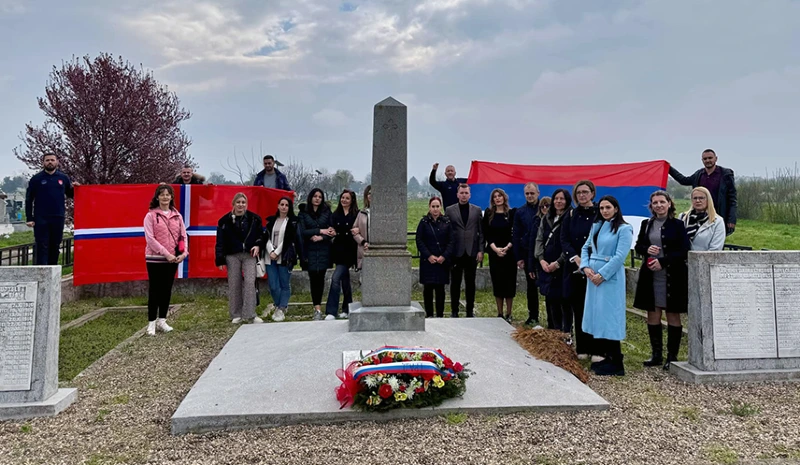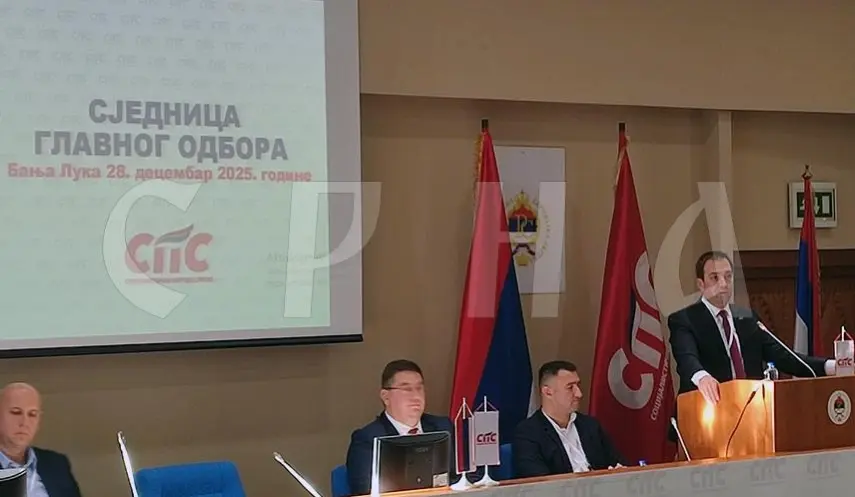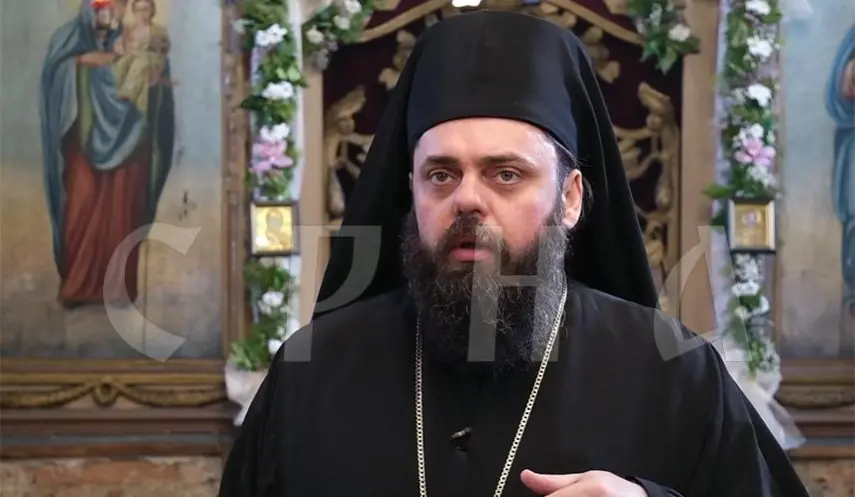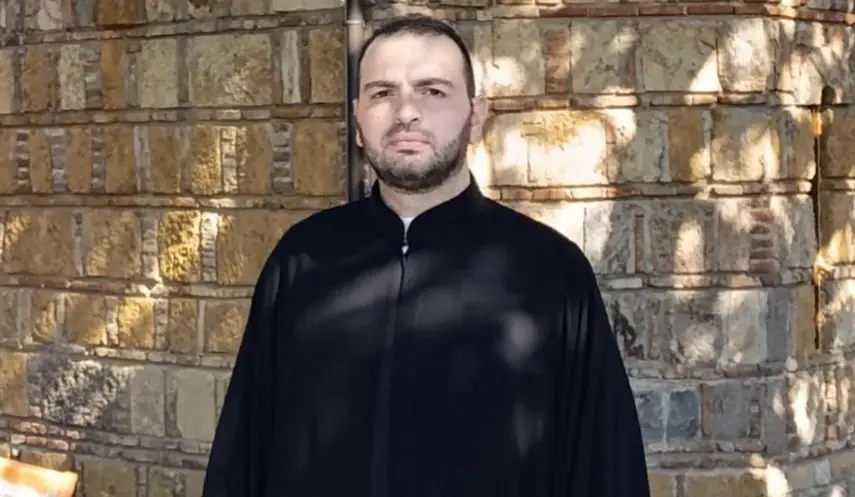PRESERVING SERB IDENTITY AND ORTHODOX FAITH IN ROMANIA IS IMPORTANT
Republika Srpska - East Sarajevo - City Administration
04/01/2025
12:15

EAST SARAJEVO, APRIL 1 /SRNA/ - East Sarajevo City representatives paid a two-day visit to the Romanian city of Arad, where they hold talks with the deputy leader of the Association of Serbs in that country Darko Voštinar about the importance of preserving the identity of Serbs and the Orthodox faith in Romania.
Independent professional associate for memorialization and the culture of remembrance, historian Svjetlana Samardžija, on behalf of the mayor of East Sarajevo LJubiša Ćosić, laid a wreath at the memorial in Arad dedicated to the fallen Serb civilians interned during the Great War in the infamous Austro-Hungarian camp located in the Arad Fortress.
The mayor of East Sarajevo Ljibiša Ćosić who was prevented from traveling to Arad due to his obligations, said that the largest number of martyred Serb civilians interned in this camp were from BiH, the City Administration announced.
"The fact that thousands of Serb civilians ended up in one of the notorious camps in the Romanian city of Arad, once a predominantly Serb-populated city, is less known beyond scientific circles. There are now only 505 of them in Arad. Serbs have been present in Romania since the sixth century. Their activity in the fields of culture and religion is best reflected in cities such as Timisoara and Arad," Ćosić pointed out.
According to him, within the framework of memorialization and the culture of remembrance, the City Administration tried to collect the names of the victims from the Sarajevo-Romanija region.
"During the Great War, Austria-Hungary formed about 300 camps, one of which was located in Doboj where around 46,000 people were sent to, 13,000 of whom never returned," Cosić said.
He added that Arad was the place where 4,317 civilians were killed.
"The bank of the Mures River was their `blue tomb`. The Arad fortress is military base nowadays, so visiting the burial mounds is possible only twice a year with special permits. This memorial and an empty field remain in case the transferring of earthly remains of the victims gets possible," explained Ćosić.
He has stated that the area of Timisoara and Arad was recognized in Serb history, as evidenced by the fact that, after the restoration of the Patriarchate of Peć, they were nder its jurisdiction, as well as the fact that after the unification of the Serbian Church in 1920, the Diocese of Timisoara remained under its auspices.
During the visit, the representatives of East Sarajevo City visited the Serbian Orthodox Cathedral Church, the court of the Diocese of Timisoara, and the Church of Saints Peter and Paul in Arad, in the construction of which the famous Serb Tekelija family took part in the 19th century.
On behalf of the mayor of East Sarajevo, representatives of the Association of Serbs in Romania and the elders of the Church of Saints Peter and Paul in Arad were presented with special gifts.
Apart from the city delegation, a group of professors and cultural and educational workers from East Sarajevo also stayed in Romania.







